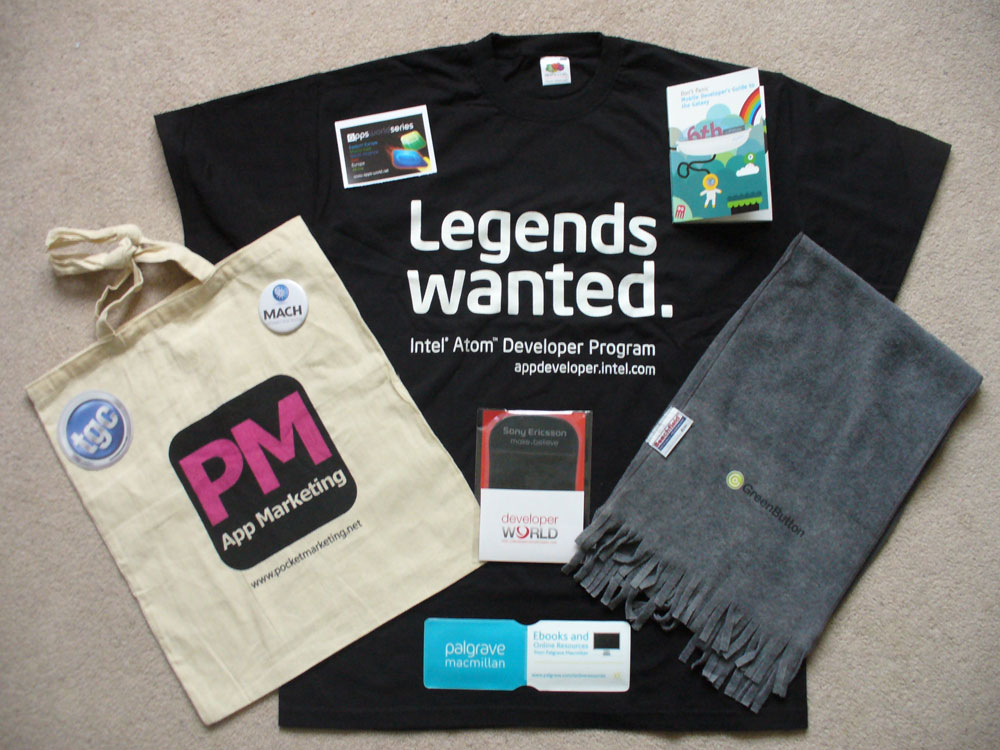
January 9, 2019; Vox
The “stuff we all get”—also known as swag—to entice donations has over the years become a booming industry, from address labels, tote bags, and t-shirts to rubber bracelets. Vox recently reported on why nonprofits give away so much crap. And, as a career nonprofit professional, the article headline made me laugh—properly belly laugh—and nod a little.
Crap. Apparently, this is what fundraising looks like to those outside our nonprofit world. And who can blame people for thinking that when 60 percent of American nonprofits give away so much in “donor premiums”?
The real question is…why? Why do we, as fundraisers, feel the need to give stuff away? Is it enticement, or wasteful obligation?
I confess I shoved a stack of address labels I received as an unconditional giveaway from a hospital direct mailer into the recesses of my household junk drawer just this past Christmas season. I thought to myself, “Gosh, what a waste. I need to talk to this organization about doing some donor surveys and data segmentation.”
Even though I used the word “waste,” the point, I realize, is that I would have felt obliged to give had the unsolicited gift been something premium, of “value.” However, it would not make me feel good about giving.
Apparently, I’m not alone, according to Vox. While premium giveaways are on the rise, to be effective, they need to be congruent with a donor’s identity, as highlighted by the experience of a journalist who nudged up her donation for a branded giveaway to “show her pride” in the organization.
Sign up for our free newsletters
Subscribe to NPQ's newsletters to have our top stories delivered directly to your inbox.
By signing up, you agree to our privacy policy and terms of use, and to receive messages from NPQ and our partners.
Writing for Vox, Jasmin Malik Chua cites a study by Penelope Burk. In every survey, Chua says, Burk finds “two issues always come up: the over-solicitation of donations and the overprovision of tokens—which respondents refer to as junk, ‘and other very critical substitute words’—both before and after they give.”
“When you acquire a donor today,” Burk says, “it’s nothing short of a statistical miracle. Because there are 1.2 million 501c3s out there raising money. And the fact that a donor decided to give to you, in a time when donors are supporting fewer causes, is an astounding achievement.”
The authors of a 2016 Texas A&M study concluded that, “The preponderance of the evidence from our work and the findings of others suggests that unconditional premiums are not worth it. These trinkets may have been a good idea when they were novel and unusual, a few decades ago. But they are so common now that many donors probably don’t even notice them.”
However, the fundraiser in me knows that giveaways do in fact drive donor acquisition targets more quickly than not. The metric that most nonprofits should (but unfortunately don’t necessarily measure as diligently as they ought) is that of calculating lifetime value of that specific donor acquired with that gift.
However, it is this fundraiser’s experience that the metric most often measured, and presumably without coincidence, is one that is most easily aligned with nonprofit budgets and often a fundraiser’s own job performance metrics: how many donors were brought in this quarter, this year, by your portfolio, and how much did your portfolio raise, or is it worth, overall?
So, is it any wonder why nonprofits continue to give away crap?—Niduk D’Souza











